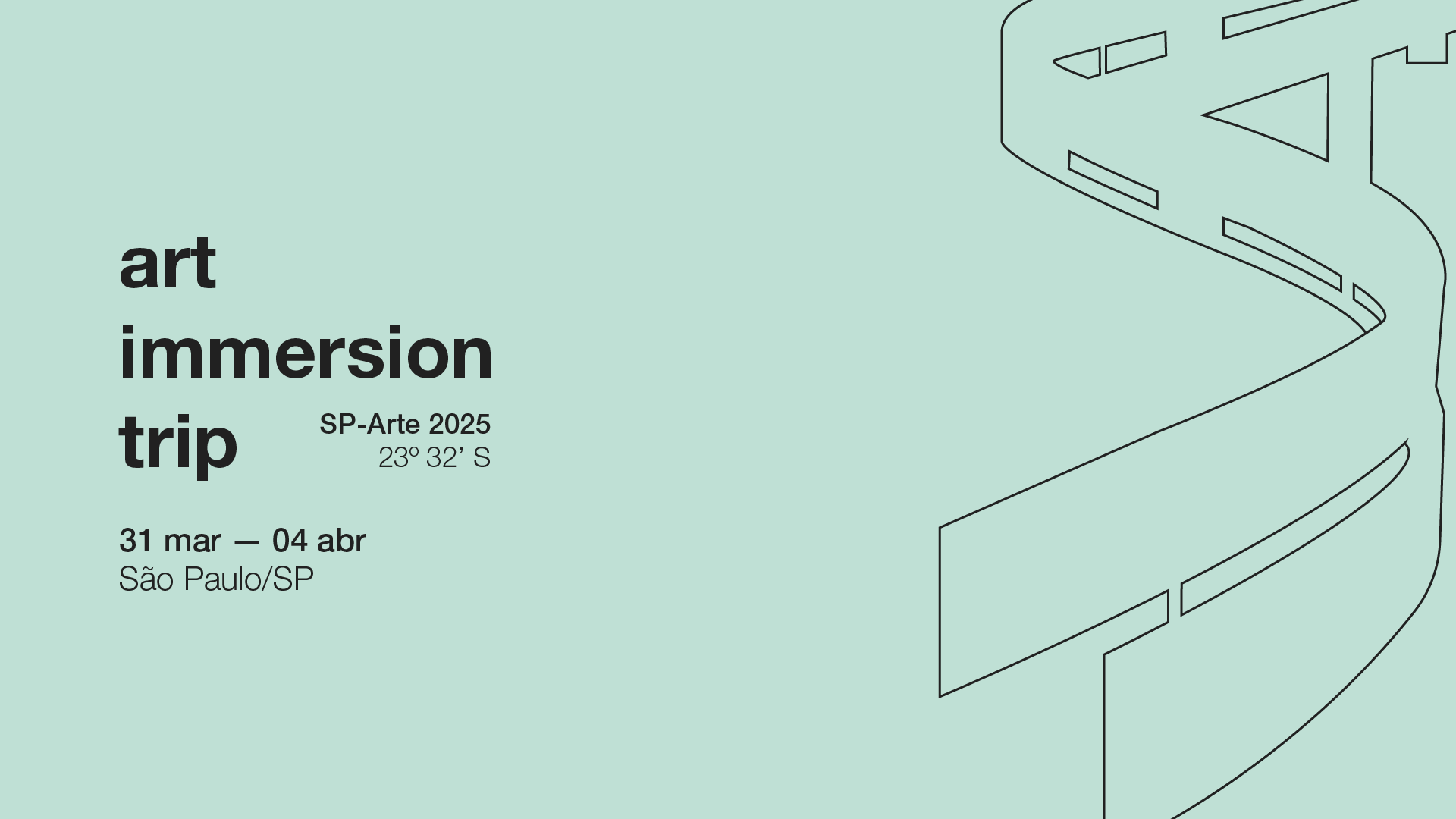Thinking about the future of art is not the same as thinking about the future—especially in the face of climate challenges, where the only certainty about tomorrow is uncertainty itself. Dreaming of futures may even become an escapist strategy in response to the challenge of truly acting in the present. Paraphrasing Donna Haraway, in the refusal of “terrible or Edenic pasts and apocalyptic or redeeming futures,” what remains is the recognition of ourselves as “mortal critters entwined in myriad unfinished configurations of places, times, matters, meanings.”
It is on this unstable ground that contemporary artistic practices assert themselves as privileged observatories of planetary transformation. Mapping these forms is no longer an encyclopedic exercise but a critical gesture: the creation of an expanded poetic bestiary capable of guiding us through a dark ecology where microplastics, radioactive fungi, and ancestral knowledge collide.
In this scenario, this text outlines four modes of the Anthropocene—ways of being present as both observer and agent. Moving between speculative and urgent practices, between systemic critique and sensitive fabulation, these artists underscore the importance of artistic practice in times of crisis, acting as seismographs of the tremors that unsettle the ground.
1. Materialities and Historical Vectors
From the ore extracted from the earth to the underwater fiber-optic cables that anchor digital culture, every material carries traces of power, violence, and imagination. Revisiting these elements—clay, sugar, iron—also means revisiting the historical vectors that have shaped them: colonial cycles of extraction, industrial economies, global logistics flows.

Rubber becomes both raw material and object of inquiry for Brazilian artist Noara Quintana, who has explored in recent years how the rubber cycle fostered a series of cultural exchanges between Europe and Brazil—particularly the northern region. In the project Belle Époque of the Tropics (2021), Quintana inverts the direction of the cultural arrow, creating decorative forms from natural elements while rethinking how European cultural movements were influenced by Brazil, rather than the other way around.
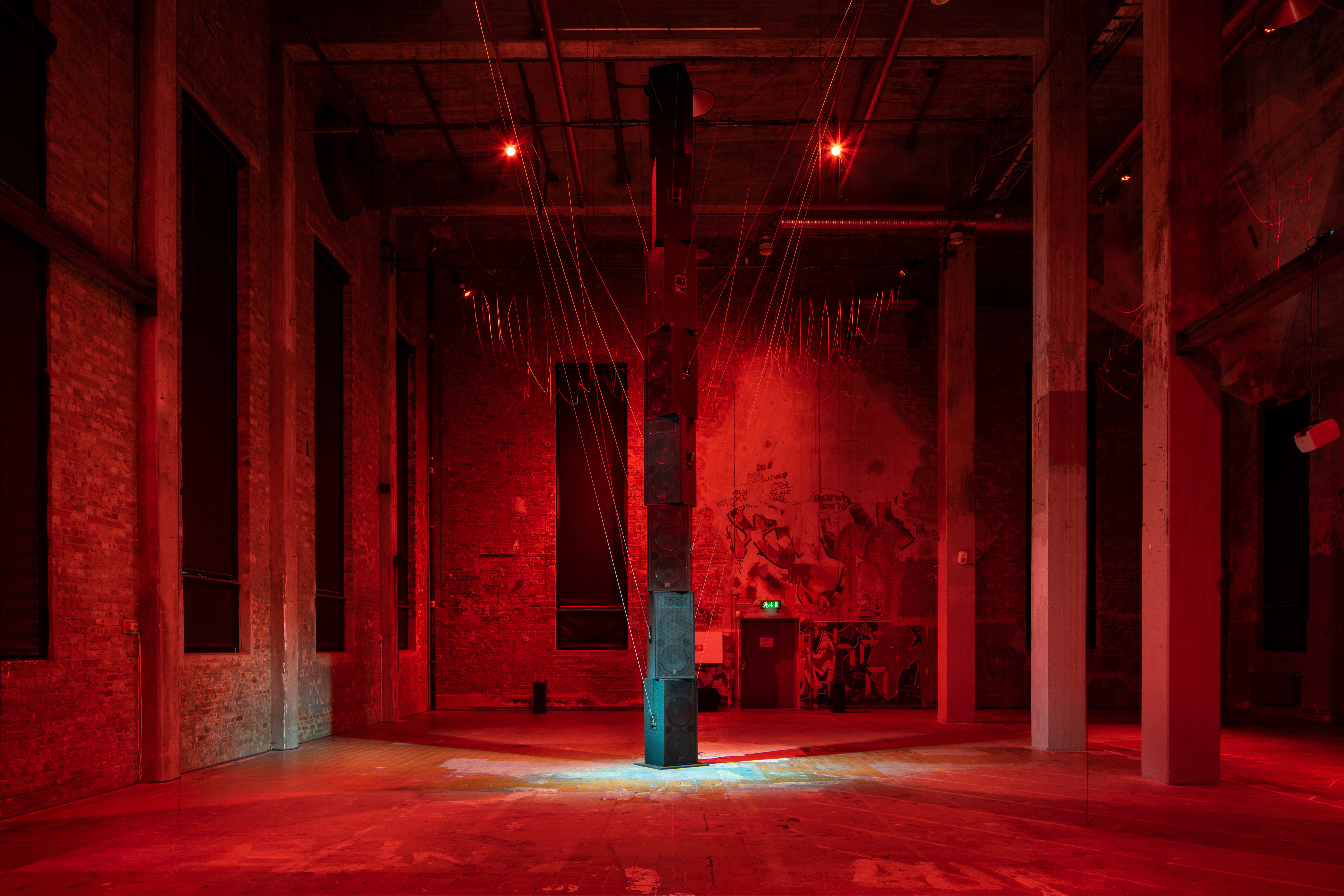
Vivian Caccuri, in turn, follows the sonic traces of another being—170 times smaller than an average human—yet deeply embedded in the global imaginary of Brazilian tropicality: the mosquito. Whether in sound installations such as A Soul Transplant (2019), which explores the interdependencies between humans and mosquitoes, or in the Sonograms series (2021–2025), where mosquito nets become a plastic weave for sound strips, these beings evoke fragments of the Global South’s sanitary history while teasing the threshold between sensory pleasure and discomfort.
2. Food Politics
Interested in the entanglement of food with its modes of production, transport, and consumption, these artists investigate how such issues intersect with personal and collective narratives. Their practices seek to expose the political vectors that link food to struggles over land, water use, labor, and culinary memory—either directly or metaphorically.
From a decolonial and ecological perspective, Peruvian artist Daniel de La Barra explores visual production systems that have historically—or still today—instrumentalized nature and its elements for the purposes of exploitation. In paintings that dismantle colonial-era propaganda and denounce agribusiness models, botanical and animal representations are removed from their usual frameworks of domination and begin to speak to their conditions of extraction and abuse.
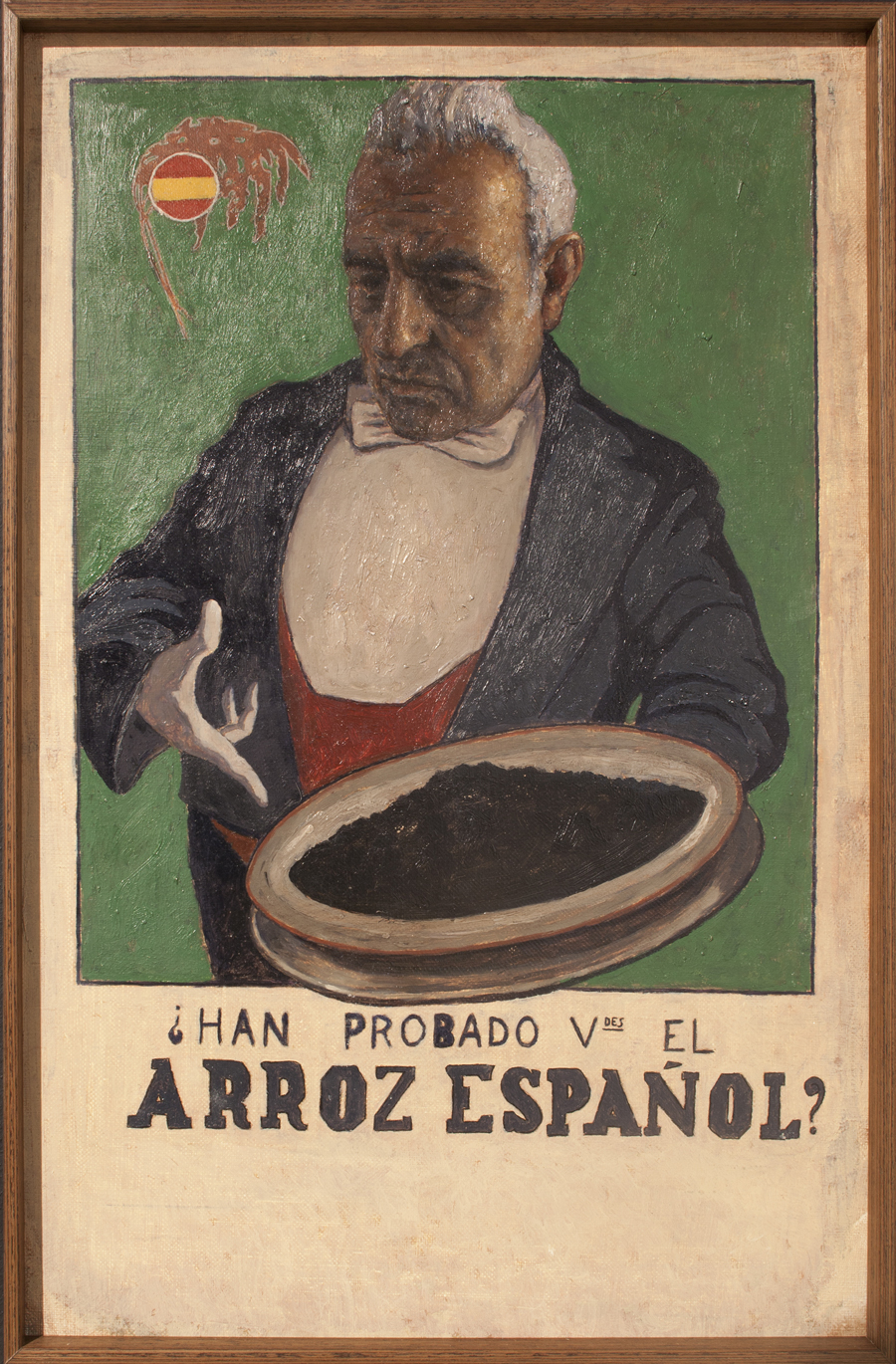
Daniel de la Barra. Arroz español, 2022. Courtesy of Galeria Joan Prats.
In Brazil, artist Felipe Rezende uses truck tarpaulins as a base for oil paintings that address labor conditions—both formal and informal—across the country. On the rough fiber of these materials, scenes from the food production chain tear through the fabric, making visible the realities often eclipsed by capitalist systems. More recent installations incorporate fertilizer boxes and soil, delving deeper into agribusiness cycles and their environmental impact.
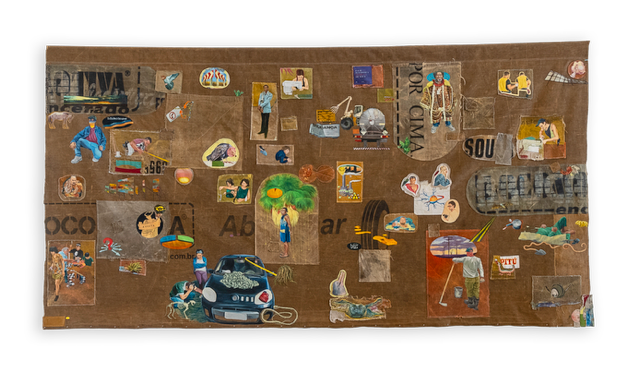
3. Morphologies of Heat
The rise in the planet’s average temperature is not merely a numerical fact; it is a force that stretches, warps, and fractures bodies, landscapes, and narratives. The poetics of heat concern bodies that overflow, pushing against the boundaries of their physical and symbolic limits. By working with materials shaped by heat or fire—or by reflecting on the limits of expanded figuration—these artists turn thermal sensation into a measure of reality.
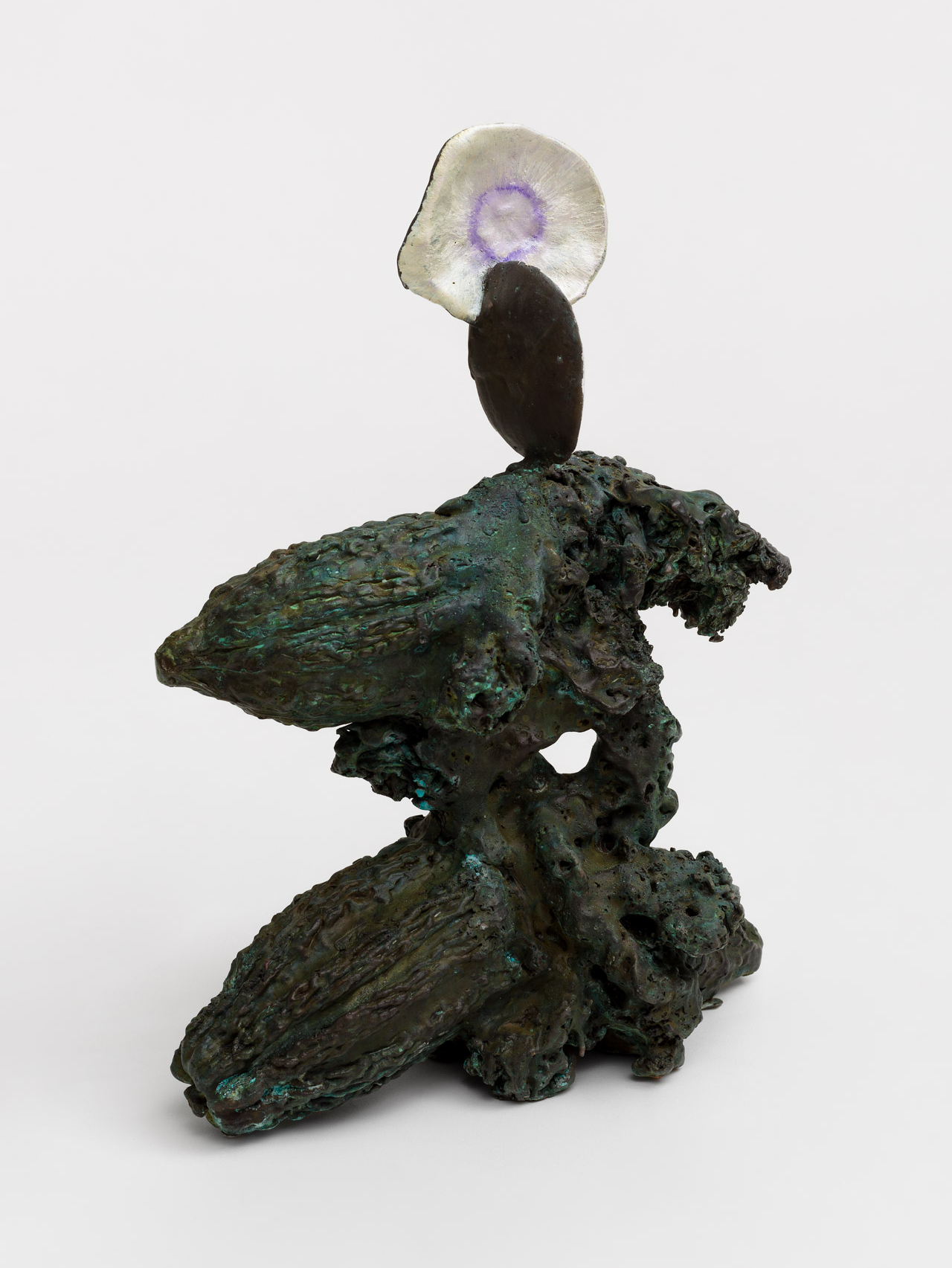
Diambe’s sculptural practice emerges from the stacking of tubers and fruits that, when joined together, form a body. Molded and cast in bronze, they become perennial. However, her sculptures have gradually grown more amorphous, as if smeared with a viscous liquid that simultaneously corrodes and fuses them into a body where each part becomes indistinct. While tips and surfaces protrude in places, the whole is crystallized in the act of its own disintegration.
Diambe. Mãe-Mar, 2024.
Darks Miranda, meanwhile, creates fictions of a space-time that is both a distorted reflection of our own and an intrinsic part of it—as her creations affirm her presence within it. Born from the ghost of Carmen Miranda, Darks immerses her poetics in science fiction to conjure deviant ecologies and shifting grounds that grow denser as the viewer embarks on the journey. In this environment, the artist crafts fictions of gender and identity that emerge amid elegies for the synthetic.
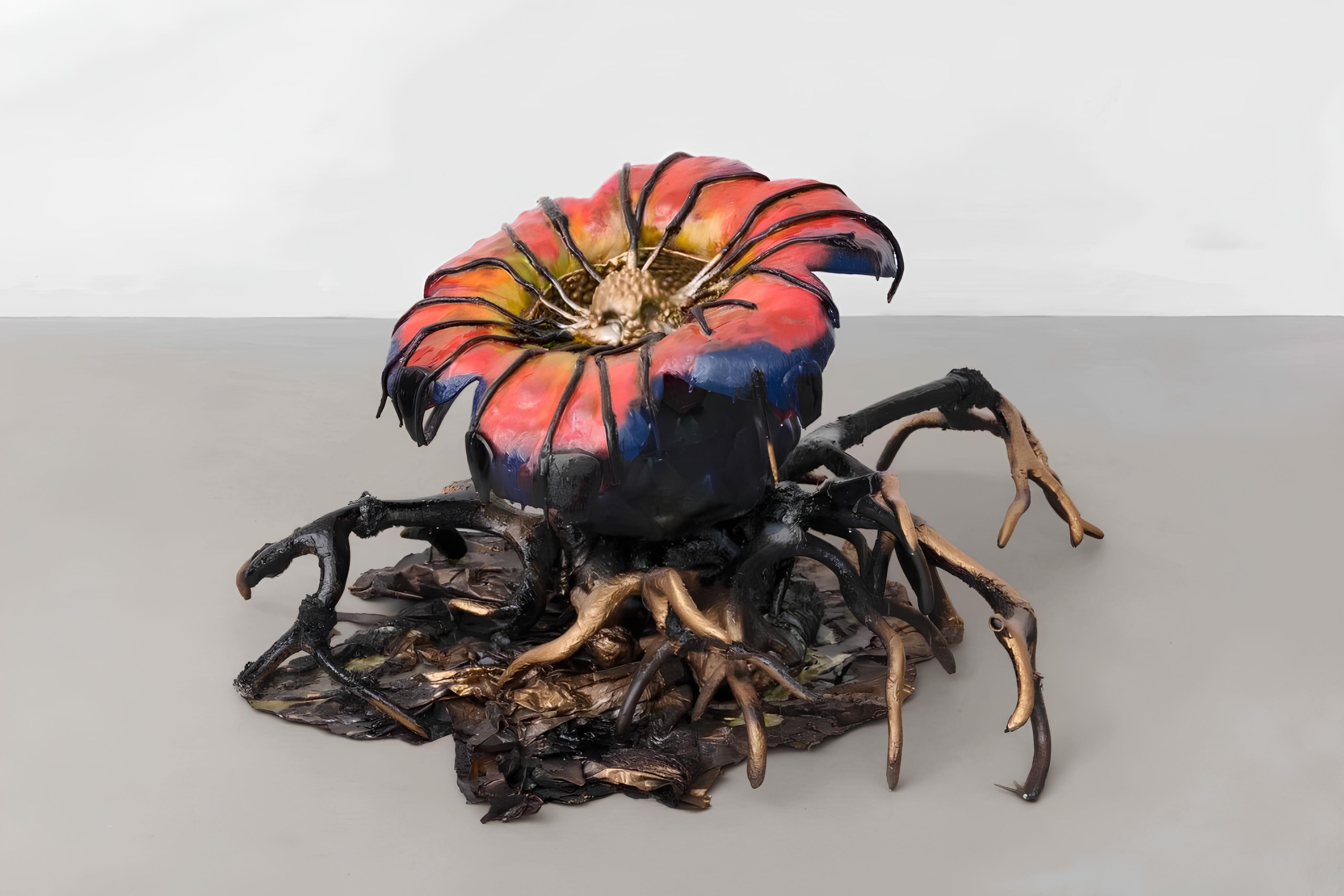
4. Tropical Technologies
On the fringes of hegemonic technological discourse, artists are developing hybrid devices that merge folk knowledge, electronic tinkering, and hacked software. These tropical technologies—a subject I have researched in recent years—make inventiveness not only a response to high material costs but also a means of engaging with other logics of meaning-making within the ecologies, cosmologies, and cultures of the Global South.

In Brazil, biarritzzz’s practice stands out for its treatment of visual dissent through the lens of the poor image—visual modes that prioritize circulation and sharing over resolution, such as memes, gifs, and low-resolution videos. From this perspective, the artist examines how these forms reflect the Global South’s status as a digital periphery. At the same time, hyper-decorativeness and glitch aesthetics merge in a refusal of hegemonic models, generating narratives that both reflect history and imagine its digital afterlives.
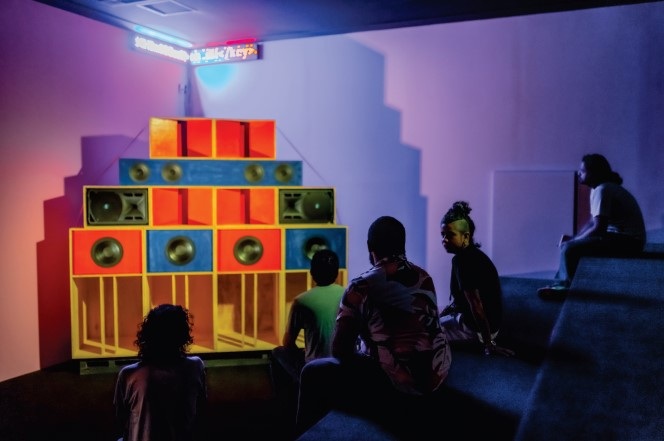
Another artist exploring artificial creation technologies is Froiid, from the state of Minas Gerais. In works such as O Pulo do Gato (2023–2025), recently exhibited in São Paulo and Paris, the artist feeds AI systems with rap lyrics and beatbox rhythms, which are then interpolated and reimagined through automated beats that echo Brazilian social critique. Other recent works, including those presented at the 14th Mercosul Biennial, continue this research, drawing on references from both Brazilian art and popular culture.

